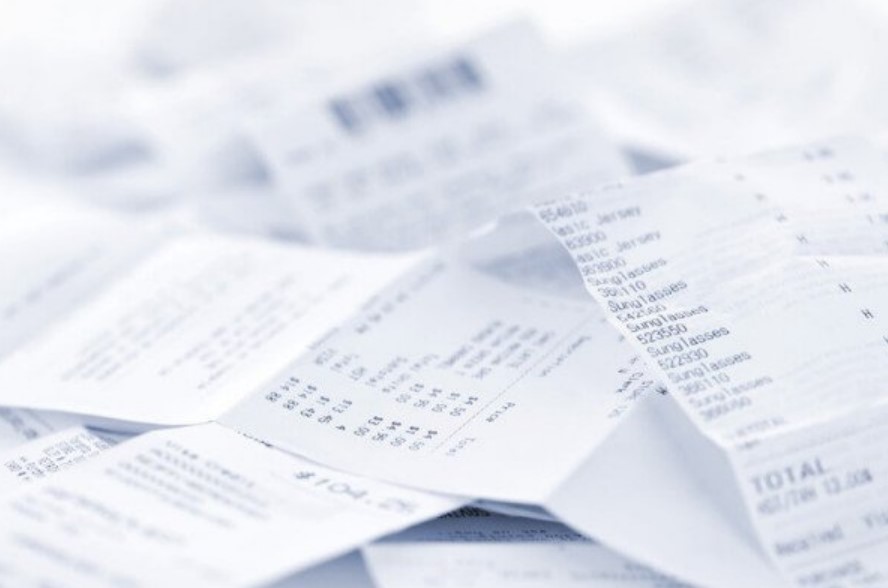In today’s fast-paced world, the humble mailing envelope and the often-overlooked direct thermal label play crucial roles in both personal and business environments. But what about paper fade? Ever wondered why some documents lose their sharpness over time? Let’s dive into the fascinating world of mailing supplies and learn how to make the most of them while keeping your important papers pristine.
Mailing Envelopes
Types of Mailing Envelopes
Mailing envelopes come in a variety of types to suit different needs.
Standard Envelopes are your everyday option, perfect for letters and documents. They come in various sizes, from the classic #10 to larger manila envelopes.
Padded Envelopes offer extra protection for items that need a bit more cushioning. These are ideal for shipping small, fragile items like jewelry or electronics.
Specialty Envelopes include window envelopes, security envelopes with tamper-evident features, and photo mailers designed to keep your pictures safe and flat.
Materials Used in Mailing Envelopes
The material of your envelope can make a big difference.
Paper is the most common material, providing a balance of durability and cost-effectiveness.
Plastic envelopes are water-resistant and tear-proof, making them ideal for items that need extra protection from the elements.
Recycled Materials are a great eco-friendly choice, reducing your environmental footprint while still providing reliable mailing solutions.
Choosing the Right Envelope
Picking the right envelope involves several considerations:
Size matters, as you need to ensure your contents fit comfortably without excessive folding or cramming.
Durability and Protection are key, especially for items that may be handled roughly during transit. Padded or plastic envelopes can offer that extra layer of security.
Cost-Effectiveness is always a factor. Balancing quality with budget constraints ensures you don’t overspend on mailing supplies.
Direct Thermal Labels
What Are Direct Thermal Labels?
Direct thermal labels are a popular choice for quick, on-demand printing. They use a special heat-sensitive material that changes color when exposed to a thermal print head.
Applications of Direct Thermal Labels
These labels are widely used in various industries:
Shipping and Logistics rely on them for barcode labels and shipping labels due to their efficiency and ease of use.
Retail and Inventory Management use direct thermal labels for pricing, inventory tracking, and product identification, helping streamline operations.
Advantages of Direct Thermal Labels
The benefits of direct thermal labels include:
Cost-Effective Printing since they don’t require ink, toner, or ribbons. This reduces operational costs significantly.
Simplicity and Convenience because they are easy to use and maintain, making them a favorite for high-volume applications.
Disadvantages of Direct Thermal Labels
However, they also have some drawbacks:
Susceptibility to Heat and Light can cause the labels to darken or fade over time, making them less suitable for long-term applications.
Limited Longevity means they are not ideal for archival purposes or environments where labels need to remain readable for extended periods.
Paper Fade
What is Paper Fade?
Paper fade is the gradual deterioration of the color and quality of printed materials. It’s a common issue that affects both personal and professional documents.
Factors Influencing Paper Fade

Several factors contribute to paper fade:
Exposure to Light is the primary culprit, with UV rays causing inks and paper to deteriorate.
Environmental Conditions such as humidity and temperature fluctuations can accelerate the fading process.
Quality of Ink and Paper plays a significant role. Higher-quality materials are more resistant to fading.
Preventing Paper Fade
To keep your documents looking fresh:
Storage Solutions like keeping documents in dark, dry places can significantly reduce fading.
Use of Archival-Quality Materials ensures longevity. These materials are specifically designed to withstand the test of time without significant degradation.
Integrating Mailing Envelopes and Direct Thermal Labels in Business
Streamlining Business Operations
Efficient use of mailing envelopes and direct thermal labels can greatly enhance business operations.
Efficiency in Shipping is improved by choosing the right type of envelope and label for each task, reducing errors and delays.
Inventory Management benefits from clear, consistent labeling, which helps track stock levels and reduce waste.
Cost Management
Proper selection and use of mailing supplies can also aid in:
Reducing Overheads by choosing cost-effective yet durable options for envelopes and labels.
Sustainable Practices can be adopted by opting for recycled and eco-friendly materials, appealing to environmentally conscious consumers.
Conclusion
Mailing envelopes and direct thermal labels might seem mundane, but they play pivotal roles in ensuring smooth communication and logistics. Understanding their types, materials, and applications helps in making informed choices that can streamline operations and reduce costs. Meanwhile, being aware of paper fade and taking preventive measures ensures your important documents stay legible for years to come.


